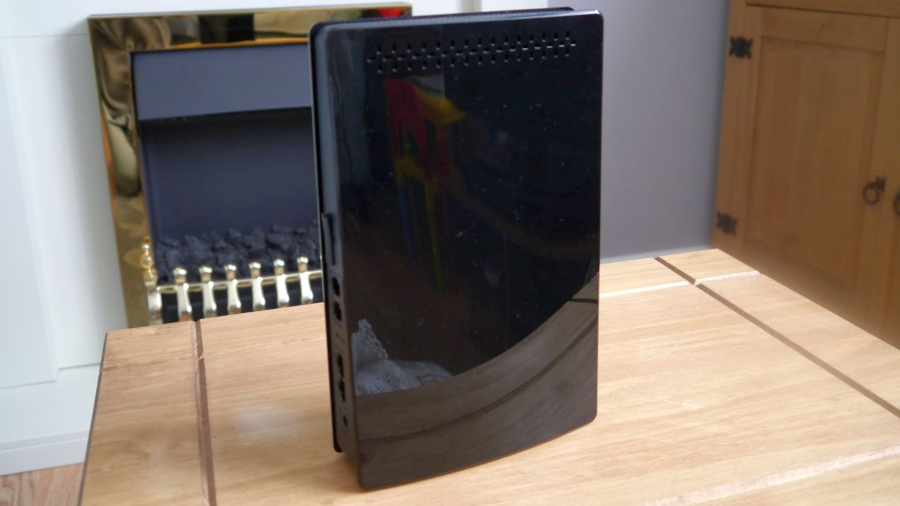Early Verdict
There's a lot to like about Relish in terms of the price, flexibility, and the performance it delivers – but your mileage may vary when it comes to the latter.
Pros
- +
Quick and easy setup
- +
Impressive surfing speeds
- +
One-month rolling contract
Cons
- -
Currently only available in London
- -
Performance may degrade as it becomes popular
- -
Router could be better
Why you can trust TechRadar
We've got a love-hate relationship with unlimited 4G connectivity and Three, which may well become the biggest mobile network operator in the UK if it swallows O2.
We were one of the 450,000 customers who got moved from old plans to new ones a couple of weeks ago, a move that caused a lot of ruckus amongst the company's longest serving customers and was seen as a way to crack down on abuse on unlimited tethering (there are unconfirmed reports that some managed to clock 500GB per month).
That lengthy introduction brings us to Relish Broadband. This service was launched back in June 2014 by UK Broadband Limited, which is a subsidiary of PCCW, a Hong-Kong based telecoms firm owned by the younger son of Li Ka-shing, one of Asia's most powerful men.
Li Ka-shing happens to own Hutchinson Whampoa, which in turn, operates Three in the UK. Relish promises wireless 4G broadband to some parts of London (that includes Central London) and Reading (there's a handy tool on the firm's website to check whether coverage would be adequate in your area).
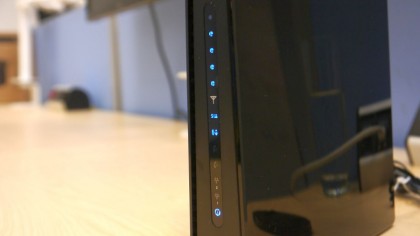
Our offices were fortunately covered and we were told to expect our connection speeds to reach up to 20Mbps (the maximum speed you can obtain is 50Mbps according to Relish's website) – more on that later. Perhaps more baffling is Relish's promise to offer unlimited data AND no rising bills (unlike most of the competition).
That's right: not only can you give up on your landline but you also get unlimited data, next day delivery, no activation fees and a 14-day money back guarantee. And we noticed that Relish currently has a deal with a refurbished indoor hub for £15 per month if you grab the one-year contract.
That's cheaper than most if not all of the line rentals on the market. BT Line Rental Saver costs £183.48 and saw three price rises in 12 months; Virgin Media's equivalent costs £184 and saw a 53% rise in two years.
Note that the usual price is £20 per month on a one-year contract, with an extra £50 upfront if you opt for a one-month contract. There's only one business plan, one that comes with a static IP address and is only available with a one-year contract for £25 per month.
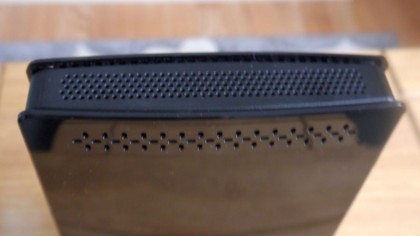
Relish also does combo packages which allow you to use data on the move, but sadly these are not unlimited and the costs are rather hefty.
The fixed wireless broadband provider uses the 3.4GHz part of the spectrum – higher than 4G LTE – which is great for bandwidth but can prove to be challenging for coverage especially when dealing with densely populated areas.
The Indoor hub – identified as the WLTFSR-115GN – is a nondescript wireless router with none of the flashiness of some of its competitors. It's black, stands vertically and has a glossy piano finish. It is manufactured by a little-known Chinese vendor called Gemtek.
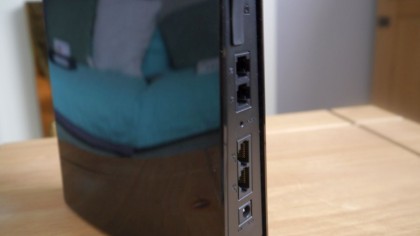
The specification sheet is fairly decent: it supports channel bandwidth up to 20MHz, has two high-gain antennas, supports 100Mbps downstream and 50Mbps upstream, can connect to up to 25 devices, has VoIP capabilities and 802.11n Wi-Fi. It has two non-functional POTS (plain old telephone system) ports as well as two 100Mbps Ethernet ports, all located at the back of the device.
At the front are the status lights, showing from top to bottom the signal strength, when a SIM card has been inserted, and if someone is connected via Wi-Fi or through one of the two Ethernet ports. Note that there is no power button, so to restart the router, you will need to unplug it and plug it in again.
Our unit, which is leased to the end user as it is across the industry, came with a pre-installed full size Relish-branded SIM card. Logging into the hub can be easily done via your browser.
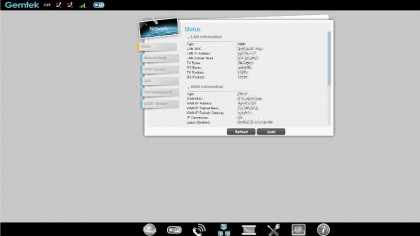
The control panel is fairly straightforward and exhaustive. There's a DHCP server option, port management, built-in Iperf and PING tools plus a useful dashboard showing recent stats (memory usage, downlink and uplink speeds).
Relish says that it takes two minutes rather than a few days (or even weeks) to get your broadband working. Based on our experience, this is actually reasonably accurate – assuming the SIM is in the appropriate slot, connectivity kicks in a few seconds after the router is plugged into the mains.
We used this over the course of two weeks in Future's Paddington offices and our experience with Relish has been, well, great to say the least. We routinely reached 40Mbps with only one computer connected, while upload speeds surpassed 4Mbps comfortably.
A big caveat here: your mileage will obviously vary (and as with most ISPs, there are many instances of dissatisfied customers) but at least Relish offers you a two-week cooling-off period if things go pear-shaped.
Some users have reported significant speed improvements by strategically positioning their routers (for example, near a window), not something you would be able to do with wired broadband.
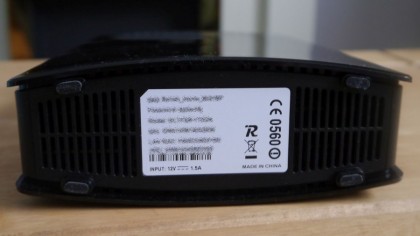
Early verdict
We were in two minds when reviewing Relish Broadband: we're a proponent of unlimited wireless broadband but yet the reality is that spectrum is limited making the prospect of universal high-speed connectivity something of a challenge.
Relish Broadband remains a niche product because it is available only in London with densely populated urban areas likely to be the only places covered by the service in the future. It will also be interesting to see whether performance degrades as the service becomes more popular over time.
But it's flexibility that wins the day here. Relish's main audience is primarily those who rent within zones 1 and 2 and don't want to be tied to long contracts if they move. As it stands, Relish remains the only ISP that provides a one-month rolling contract.
The router is likely to be phased out at some point and replaced by something more capable. Gemtek has a few models equipped with 802.11ac with Gigabit Ethernet and support for an external antenna.

Désiré has been musing and writing about technology during a career spanning four decades. He dabbled in website builders and web hosting when DHTML and frames were in vogue and started narrating about the impact of technology on society just before the start of the Y2K hysteria at the turn of the last millennium.
What is a hands on review?
Hands on reviews' are a journalist's first impressions of a piece of kit based on spending some time with it. It may be just a few moments, or a few hours. The important thing is we have been able to play with it ourselves and can give you some sense of what it's like to use, even if it's only an embryonic view. For more information, see TechRadar's Reviews Guarantee.
